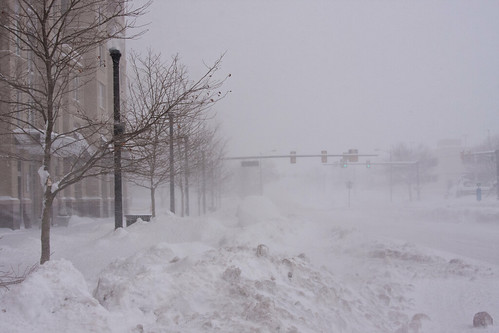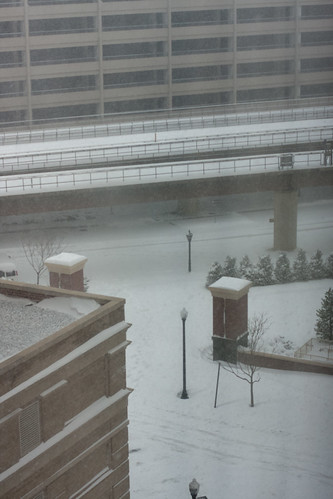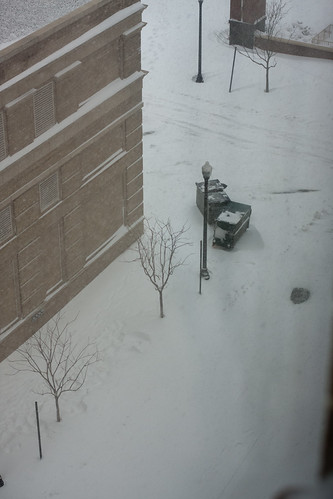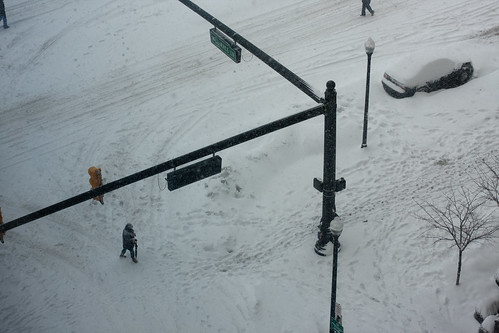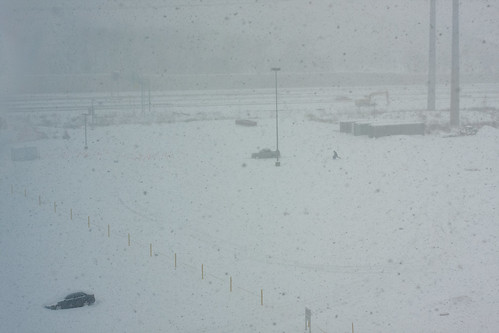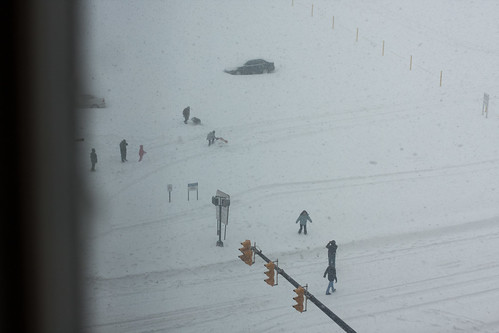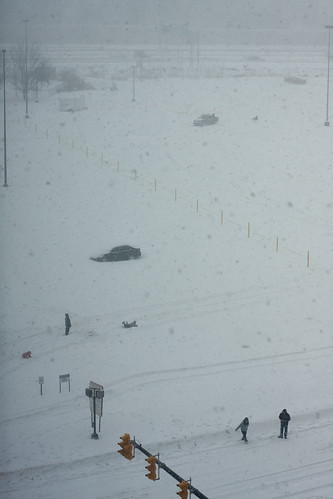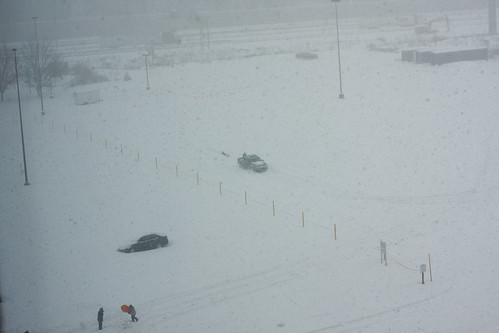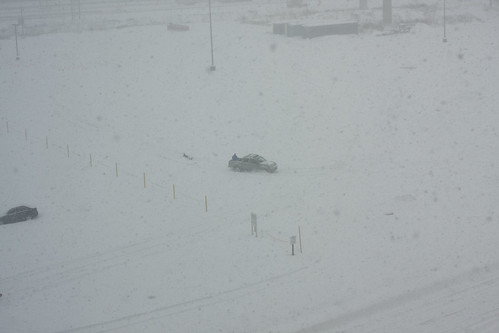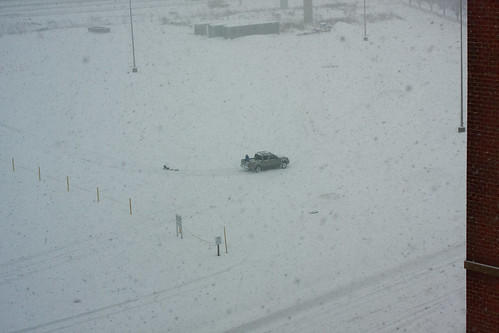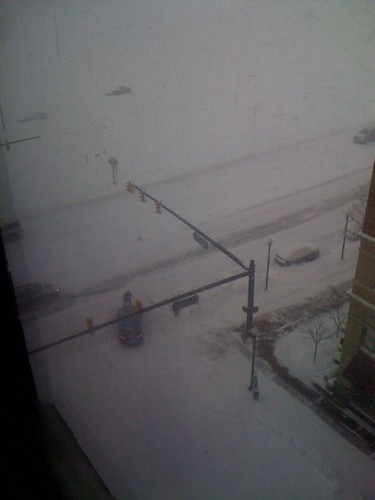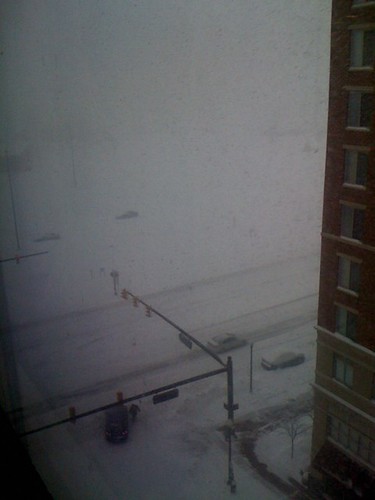 This morning's first National Hurricane Center forecast still has Tropical Storm Gustav arriving at the Louisiana coast just south of Morgan City and Houma at 1 a.m. Tuesday as a major Category 3 hurricane with top winds of 115 mph.
This morning's first National Hurricane Center forecast still has Tropical Storm Gustav arriving at the Louisiana coast just south of Morgan City and Houma at 1 a.m. Tuesday as a major Category 3 hurricane with top winds of 115 mph.
Such a strong storm is likely to be accompanied by significant storm surge to the east of its central area, and its surge could be higher than that caused by a 115 mph storm, as Gustav is expected to have winds near 130 mph, Category 4 strength, 12 hours before landfall.
The 4 a.m. forecast would have Gustav move slowly west northwest over New Iberia after its initial landfall, taking a full day to reach Lake Charles, still as a Category 2 hurricane with winds of close to 100 mph. Such a slow passage would likely bring intense rainfall to most of south Louisiana.
National Hurricane Center hurricane specialist Eric Blake, a Metairie native, and senior hurricane specialist Lixion Avila warn that computer model results remain mixed, as do the weather conditions that could affect Gustav's movements once it reaches the Gulf of Mexico on Sunday.
The key players are a high pressure system expected to build south over the central United States and a lower pressure upper level trough that's still stretched down the Mississippi valley. Some models indicate the low pressure could move west, bringing Gustav with it.
But 1 a.m. runs for two key models continue to bracket Louisiana, with the GFDL shifted slightly east to a potential landfall in the vicinity of Pascagoula, Miss., and Mobile, Ala., and the HWRF remaining along the same path as the official forecast.
Meanwhile, Gustav remains a tropical storm this morning, with 60 mph winds, as it continues to move west northwest on the shoreline of mountainous Jamaica with the bulk of its thunderstorm activity onshore. An Air Force reconnaissance plan found the cloud cover of the storm to have significantly expanded, which seems to confirm an expected intensification once Gustav moves farther into the northern Caribbean.
The official forecast has Gustav as a hurricane by 1 a.m. Saturday, and a Category 3 hurricane as it enters the Gulf of Mexico Sunday morning.


